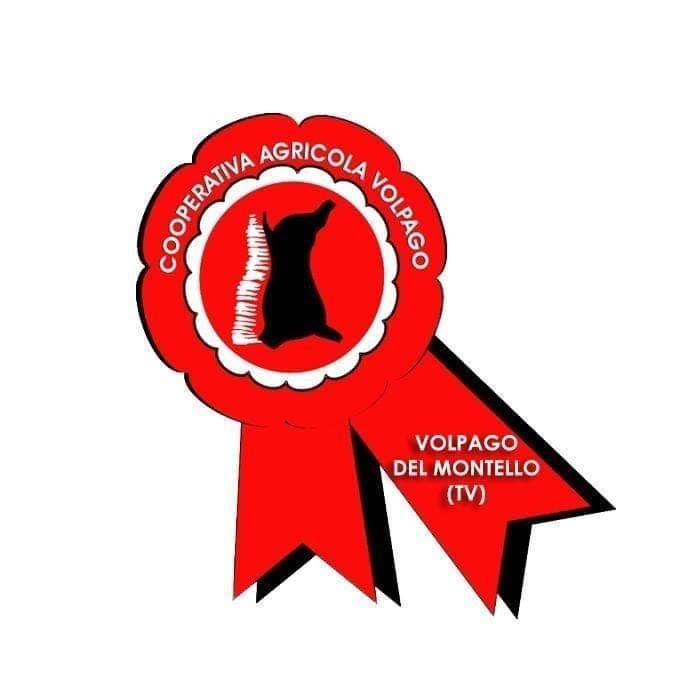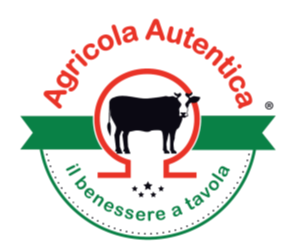Introduction to the challenge addressed A cooperative of around 15 small producers that sells beef to local butcheries and small markets started a common commercial project which involved all the chain of production: farmers, slaughter house and processor. The first actor of the project is the processor, commercial site where all actors meet and take decisions, and promoter of the whole project on the market. The aim is to reach a standardization of the management in animal rearing to obtain a high quality product with common characteristics, which can be recognized with a brand. All producers and processors and most of the selling point are located in Veneto Region, in the province of Treviso. The characteristics of the producers are farms of beef heifers, average of 300 heads. Animals are heifers, french breeds, Blonde d’Aquitaine or close crossbreds. | ||
| ||
Description of Innovation The experience of the cooperative was to create a product of high quality from a little number of associated farms (15), standardizing the production factors, first of all the feeding plans and the type of animals. It started in 2019: from a situation of farmers with different animals and feeding plans, the group decided to use a common type of animal, Blonde d’Aquitaine heifers, and “dry diets” (no silages) which best suit this type of animal. These animals are known to have excellent slaughter yeld, with production of meat of high quality, lean and tender. It’s an animal which take the best advantage from diets concentrated in energy, and for these farmers chose not to use ensiled corn, which is quite common in the area. The diets are prepared by a nutrition specialist and includes an industrial mix to provide protein and integration. Lino is also included, which is known to give good quality to beef, in terms of fatty acids profile, enriching the ones good for human health. It was also chosen to grow the heifers free of GMO feeding and antibiotic treatments in the last 5 months, which is 2 months longer that officially prescribed. A commercial label was registered to give a name to the product. The major benefit to the farmer is a higher price of their animals at sale; at management level the standardization of type of animals among farmers makes easier the individuation and solving of problems; the “dry diets” are easier to prepare and maintain. Some farmers had to adapt to a different management, but the good results came in short time | ||
| ||
Impact on farm performance As already mentioned, compared to diets with silages, the new feeding plan is easier to manage in farm, since it has no humid ingredients such as corn silage, which is an ingredient with excellent characteristics, but has a low dry matter content; moreover, in the humid area where farms are located, silages can generate wrong fermentations with production of toxins and other odd compounds. The cycle of production of animals is shorter as animals grow faster, the final product has a higher quality, which was soon recognized by the clients. The attempt to best fulfil the requirements of animals, through diets specialized for the genetic type, goes in the direction of a better health and welfare condition. The choice of using less antibiotics as possible gives to the project also a sign of sensitivity to environmental issues. Among the difficulties encountered, it has to be mentioned that Blonde d’Aquitaine is an expensive breed, and the choice to use a no GMO and no silages diet increases the costs of production. This kind of innovation can be of example for other famers in Italy and Europe, to create small chains of production, local and of high quality, which can satisfy the consumer and give a fair income.
| ||
| ||
Audio-visual material
The type of animal chosen for the production of beef is Blonde d’Aquitaine heifers | ||
The logo of the consortium Coop Agricola Volpago and the mark for the beef
| ||
Farmer comment (for Good Practices)
| ||
| ||
Further information
| ||
https://www.blonde-aquitaine.com/fr/race/ |


